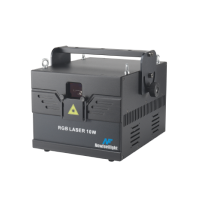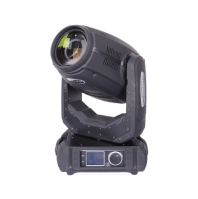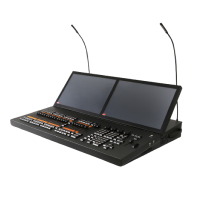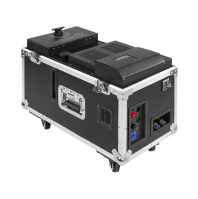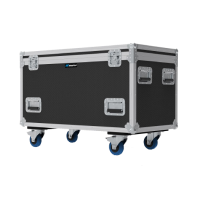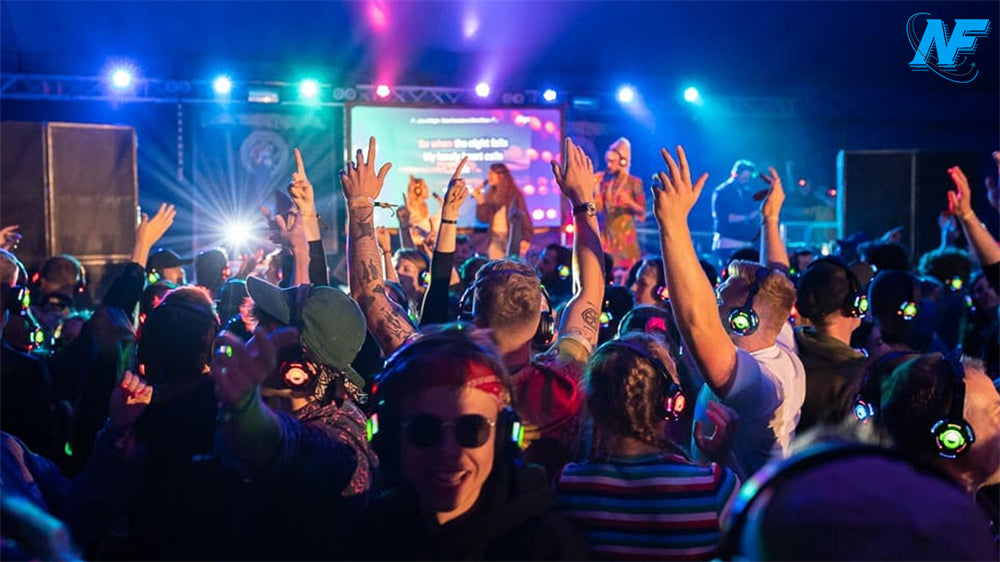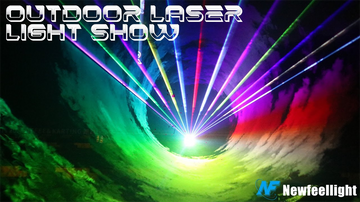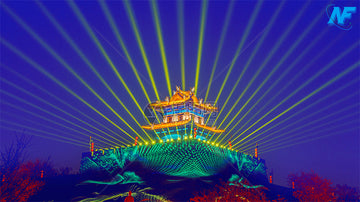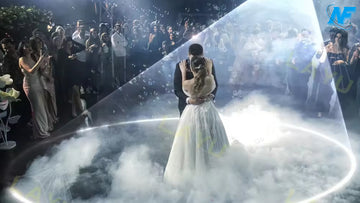Table of Contents
- Types of Lights
- Usage Environments
- Lighting Setup Considerations
- Types of Light Sources
Choosing the right stage lights and disco lights can significantly enhance the ambiance of any venue, whether it's for performance or entertainment. Here's a guide to understanding the differences between stage lights and disco lights, helping you select the appropriate setup for different environments.
Types of Lights
Stage light:This typically includes conventional lamps such as backlights, spotlights, wash lights, and floodlights. These are designed to illuminate performers and scenes effectively in a controlled manner.
Disco Lights: Often involves more dynamic fixtures like magic disco ball light, spotlights, and various effect lights. Recently, upscale venues have adopted advanced computer-controlled lighting, including scanning lights, moving head lights, and laser lights.
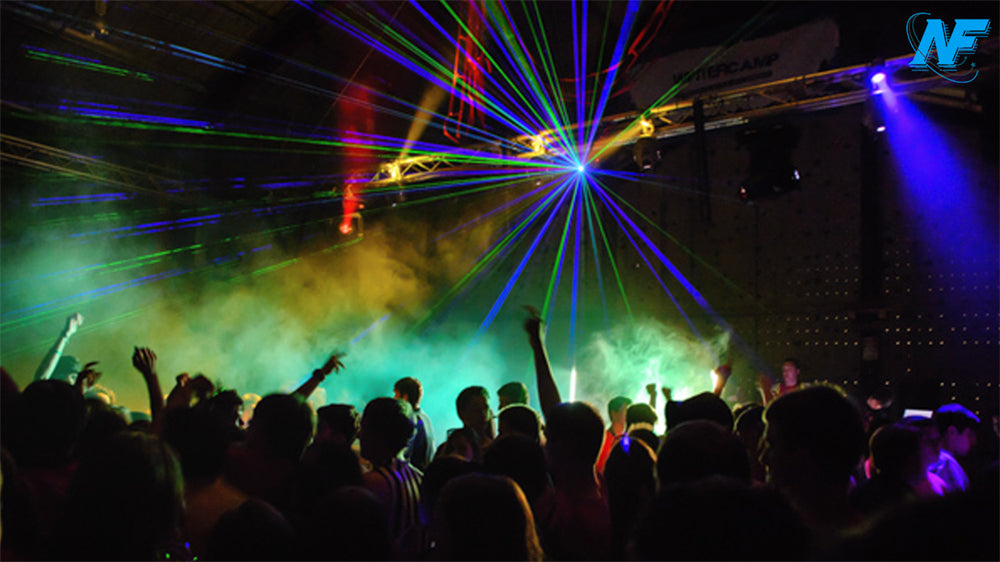
Usage Environments
Stage Lighting: Commonly used in theaters and performing arts centers where the focus is on performances and presentations. These settings require a comprehensive array of lighting to cover all aspects of stage visibility.
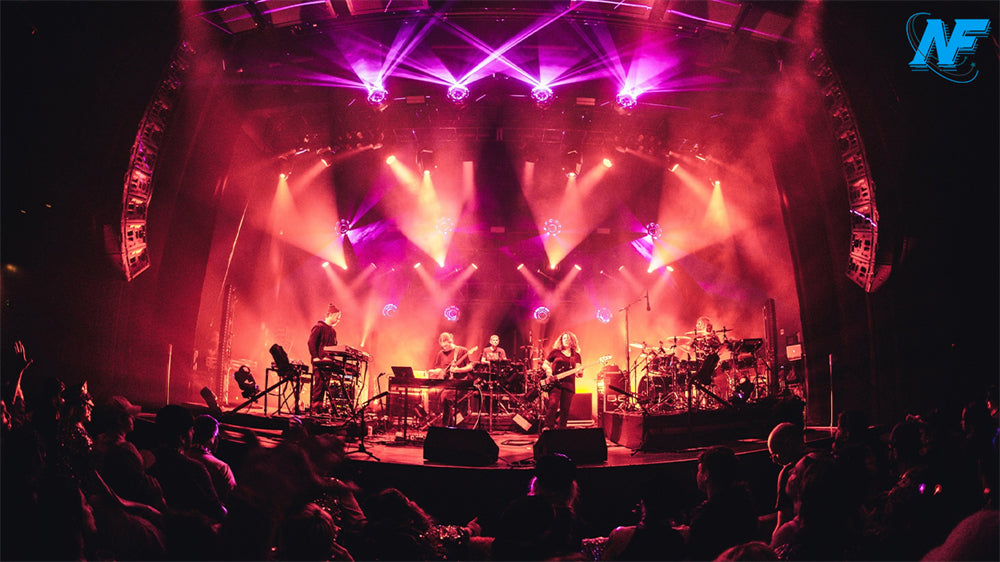
Disco lights: Best suited for entertainment venues like slow roll bars, dance halls, and clubs, where the goal is to create an exciting, vibrant atmosphere conducive to dancing and socializing.
Lighting Setup Considerations
Stage Settings: Lighting arrangements in theaters often prioritize coverage and clarity to ensure all performers and stage elements are visible. Key lighting positions include surface lights, ear lights, sidelights, top lights, and sky lights.
Disco Settings: The setup tends to be more flexible, focusing on creating engaging effects with lights that change color and pattern dynamically to enhance the energetic environment.
Control Modes
Stage Lighting:Typically controlled via DMX dimming consoles and silicon boxes, allowing precise manipulation of main switches, dimming, and color settings.
Disco Lighting: Often uses switchboards or computer consoles that run programs for color and pattern changes to adapt quickly to the mood of the crowd.
Types of Light Sources
Stage Lighting:Utilizes specialized bulbs such as reflector bulbs, quartz bulbs, and tricolor tubes to achieve high-quality illumination suitable for live performances.
Disco Lighting: Generally employs halogen lamps and gas discharge bulbs, which provide bright, vibrant colors ideal for party atmospheres.
Understanding the specific needs of your venue and the type of event you are hosting will help you choose between stage and disco lighting effectively. Each type of lighting brings its own set of advantages, and selecting the correct lighting setup will ensure that your event is not only well-lit but also creates the desired impact.
By recognizing the distinct requirements and settings for stage and disco lighting, planners and technicians can optimize their lighting setups to enhance any event's success, ensuring that each lighting element is perfectly aligned with the event's goals and atmosphere.


